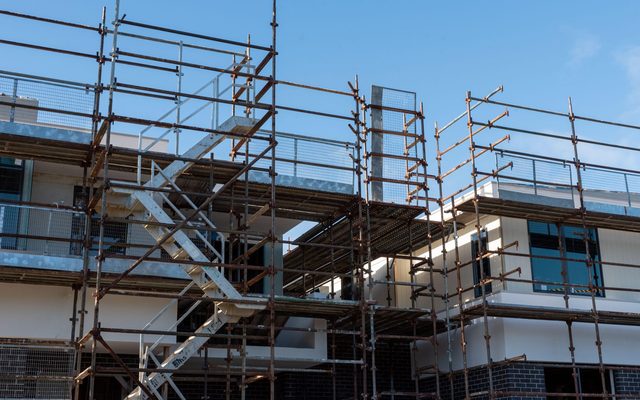This article is from the Australian Property Journal archive
RESIDENTIAL building approvals have bounced back in March by 7.4% to 11,501 units, following a decline of 8.8% in February, according to the Australian Bureau of Statistics.
However total residential approvals remained lower in annual terms, down 15%. Both house and apartment/townhouse approvals increased, up 3.8% and 15.3% respectively.
ANZ Bank economists Paul Braddick and David Cannington said despite a solid increase in monthly building approvals and last week’s Reserve Bank rate cut, soft household and business confidence is expected to continue to weigh on the outlook for housing construction.
“With trend dwelling approvals running at an annualised completions rate of 125,500 (compared to 111,000 at the lowest point in the GFC), residential construction will continue to detract from economic growth through the remainder of 2012.
“This remains significantly below our estimate of underlying housing demand of 196,700 for 2011-12, suggesting with current building approval levels the existing undersupply of housing will continue to expand in the year ahead. Increasing housing market tightness will place further pressure on vacancy rates and rents and eventually support moderate growth in house prices,” they said.
New South Wales saw the largest monthly increase in building approvals, up 49.3%, reversing the weak February month approvals. In trend terms, monthly approvals remain well below the 2010-11 average.
South Australia was up 4.2% and Western Australia increased by 11.0%.
Approvals fell in Victoria by 5.0%, 8.6% in Queensland and 7.0% in Tasmania. Braddick said despite Victorian dwelling approvals declining for the last 17 months, the number of monthly dwelling approvals is running at around a third more than approvals in NSW.
Non-residential building approvals remained extremely volatile in March falling 23.4%. In trend terms non-residential approvals continued to drift lower (-1.6% m/m) for the eighth consecutive month, to be 14.8% lower in annual terms.
Cannington said despite favourable market conditions in the commercial office and industrial sectors, sluggish non-residential approvals continues to reflect the economic headwinds facing the retail and tourism property sectors.
“It also reflects tight lending conditions, with the significantly reduced lending by the domestic mid-tier lenders and European banks weighing on the confidence and funding requirements of commercial property developers,” he concluded.
Property Review



